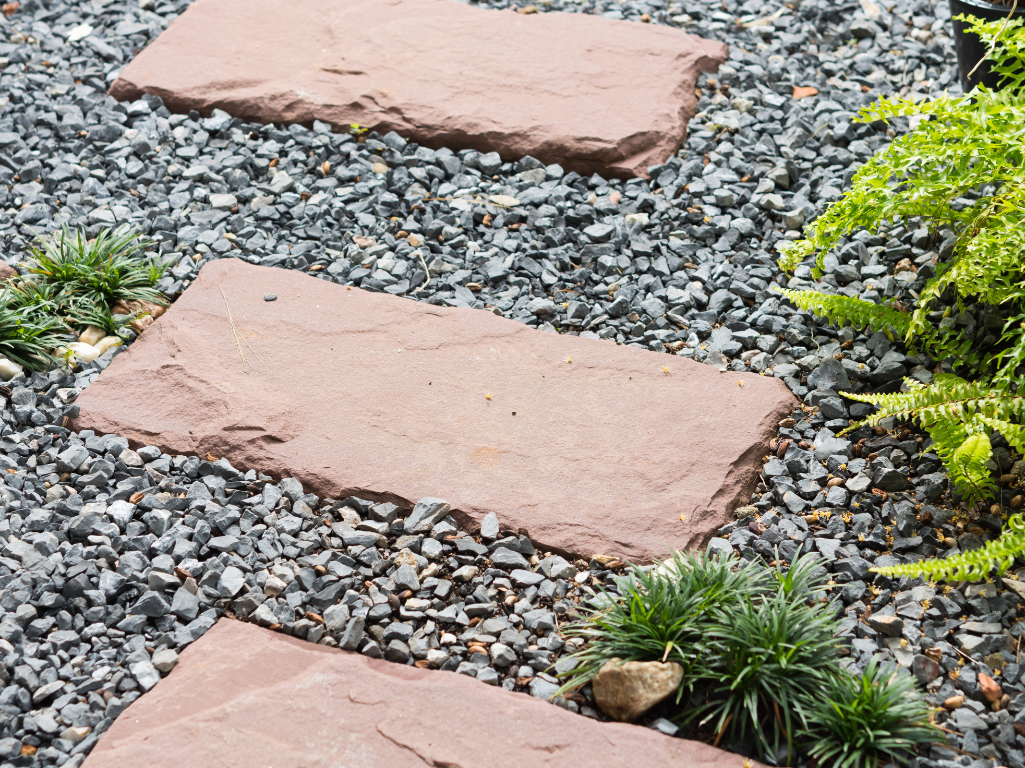The Non-Living as Aesthetic Pieces for Landscaping Improvement
Landscaping involves more than just plants and trees; it also encompasses non-living elements that can greatly enhance the beauty and functionality of outdoor space. Hardscaping refers to the use of man-made structures, such as pathways, walls, patios, and decorative features, to improve the aesthetics and usability of a landscape. In this article, we will explore the role of hardscaping in landscaping and how it can be used as aesthetic pieces to enhance the overall appeal of your outdoor space.
- Defining Outdoor Spaces: Hardscaping elements can be used to define and create distinct outdoor areas within your landscape. For example, a beautifully designed patio can serve as an outdoor living room or dining area, providing a functional and inviting space for entertainment. By strategically incorporating pathways, walls, or fences, you can divide your landscape into separate zones, each with its unique purpose and ambiance.
- Adding Texture and Visual Interest: Hardscaping features, such as stone walls, pavers, or decorative sculptures, add texture and visual interest to your landscape. These non-living elements provide a contrasting backdrop to the lush greenery and colorful flowers, creating a harmonious balance between the natural and man-made elements. Texture and visual diversity contribute to a visually captivating landscape that engages the senses.
- Improving Accessibility and Functionality: Pathways, steps, and ramps are crucial hardscaping elements that enhance accessibility and functionality within your landscape. Well-designed pathways guide visitors through the garden, directing the flow of movement and highlighting focal points. Additionally, hardscaping elements can solve practical problems, such as preventing soil erosion or creating level surfaces on sloped areas.
- Extending Outdoor Living Space: Hardscaping elements can effectively extend your usable outdoor living space. By incorporating features like pergolas, gazebos, or outdoor kitchens, you can create outdoor rooms that provide shade, shelter, and a comfortable environment. These additions allow you to enjoy your landscape year-round and provide opportunities for outdoor entertaining and relaxation.
- Low Maintenance and Longevity: One of the advantages of hardscaping elements is their durability and low maintenance requirements. Unlike plants, which require regular care and attention, non-living elements such as stone, concrete, or metal structures are resilient and long-lasting. Investing in hardscaping can reduce the need for ongoing maintenance and ensure that your landscape retains its beauty for years to come.
Hardscaping plays a vital role in landscaping, providing structure, functionality, and aesthetic appeal to outdoor spaces. By incorporating non-living elements such as pathways, walls, patios, and decorative features, you can define outdoor areas, add texture, improve accessibility, extend your living space, and reduce maintenance requirements. When planning your landscape design, consider the strategic use of hardscaping as aesthetic pieces to create a visually stunning and functional outdoor environment.




0 Comments